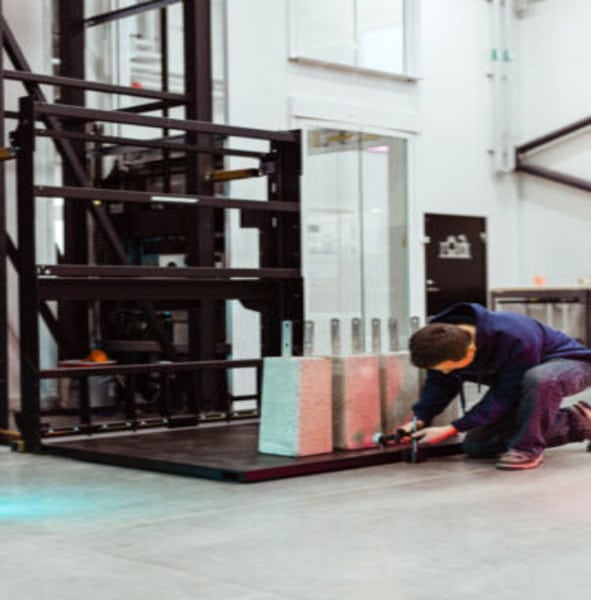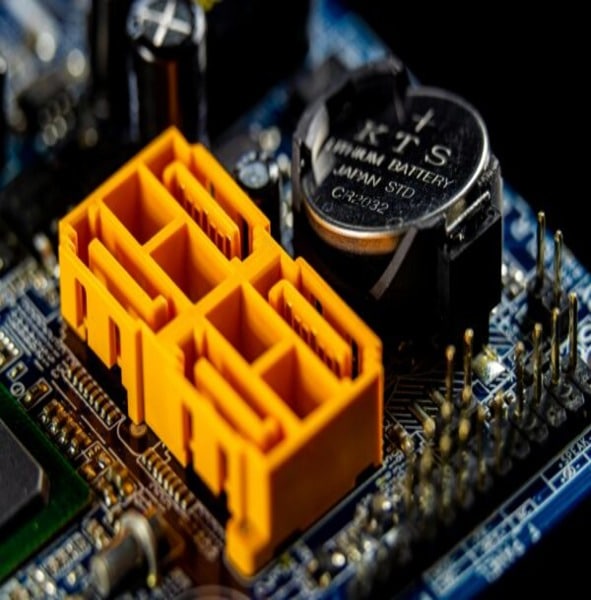
Multi-story houses offer home elevators that are quick, convenient, and fashionable ways of maintaining accessibility and mobility. However, energy costs are a drawback of using these elevators in such a scenario. This blog post focuses on the issue and identifies some factors affecting the energy use of an elevator lift for home and strategies to minimize excessive consumption.
Elevator Energy Consumption: Factors to Consider
Considering that several parameters affect the energy consumption of an elevator, giving a single estimate for a particular platform is more challenging. Here’s a breakdown of the critical aspects influencing elevator energy consumption:
1. Lift Size
Larger elevator cabins require more energy to lift and move. A small lift for a home with minimal features requires less energy consumption. The weight of the cabin itself contributes to the overall energy usage.
2. Lift Speed
Increasing ascending speeds in elevators increases energy consumption. The motor has to work against greater inertia to overcome it and then accelerate the cabin to a higher speed than that required by a conventional vehicle.
3. Lift Type
There are mostly 3 types of home elevators: hydraulic, traction, and screw and nut driven home lifts. Almost all oil hydraulic elevator systems require more electricity to move upward than traction elevators and screw and nut driven home lifts.
4. Load Capacity
The number of passengers and the collective weight of the elevator they take will affect the energy the elevator consumes.
5. Number of Floors
The number of floors an elevator needs to travel also plays a role. Moving a cabin across more floors requires more energy than a shorter travel distance.

Average Electricity Consumption of Elevators
While it is challenging to pinpoint an exact number due to the factors mentioned above, one should also know about these ranges well. A small home elevator with no advanced features or more than a few floors would take about 1 – 2 kWh (kilowatt-hours) daily. This equates to the energy needed to light up an ordinary sun bulb for hours. This is just an estimate, and the exact proportion may vary from the manufacturing type to the elevator model and people’s usage patterns.
Strategies for Optimizing Elevator Energy Efficiency
Several easy strategies can be implemented to reduce the energy consumption of your home elevator:
1. Choose a Tesla-Inspired Drive System
Present-day home elevators, especially those made by SWIFT, typically use IPM SynRM motors in their design. The Tesla drive system inspires the technology used. The direct-drive motors used by this system are more efficient than the AC motors usually used, cutting the power consumption considerably.
2. Smart Control Systems
Adding an intelligent control system to your elevator will facilitate stand-by power consumption minimization, automated shutdown when inactive, and intelligent dispatch algorithms for optimizing passenger travel requests.
3. LED Lighting
Switching from traditional incandescent lamps to LED lights inside the elevator cabin is energy-saving without weakening the brightness. LED represents a reasonable use of energy and a long life.
4. Regenerative Drive Technology
This enables the motor to function as a generator during downward movement. The energy produced during upright can partly recharge the system and even power other building services, resulting in a general energy saving.

Switch to Energy-Efficient Home Elevators By SWIFT!
Home elevators can enhance mobility and convenience within multi-story residences. Here at SWIFT, we prioritize energy efficiency in our home elevator solutions. We are a leading elevator company in Gurgaon and offer a range of elevators, including those featuring:
- IPM SynRM Motors for superior energy efficiency
- Battery solution with re-generative feature of charging itself during downward travels
- Intelligent control systems for optimized operation
- LED lighting for reduced energy consumption
Our commitment to cutting-edge technology ensures that your home elevator delivers unparalleled convenience and mobility while minimizing environmental impact. Contact us today to learn more about our lift models and your customization options.
FAQs
No, elevators’ electricity consumption varies depending on size, speed, type, load capacity, and usage patterns.
Modern elevators often incorporate energy-efficient technologies such as regenerative drives and LED lighting, resulting in lower electricity consumption than older models.
You can estimate your elevator’s electricity consumption by considering its specifications, usage patterns, and average energy rates in your area. Consulting with a professional can provide a more accurate estimation.
Yes, upgrading an older elevator to be more energy-efficient can be worthwhile in the long run. Energy-efficient upgrades can lead to cost savings on electricity bills and contribute to environmental sustainability.
Some ways to encourage elevator energy efficiency include installing energy-efficient lighting, implementing intelligent control systems to optimize operation, utilizing regenerative drive technology like SWIFT Home Lifts, and considering upgrades to modern, energy-efficient elevator models.
Get in touch










